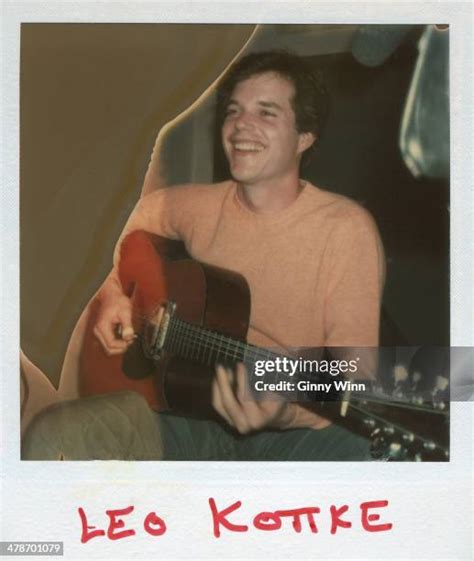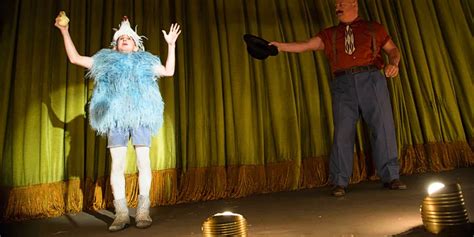The realm of acoustic guitar is adorned with numerous talented musicians, but few have managed to carve out a niche as distinctive and captivating as Leo Kottke. With a career spanning over five decades, Kottke has established himself as a master acoustic guitarist, known for his eclectic and innovative style that blends elements of folk, blues, and jazz. This article delves into the insights and nuances of Kottke’s remarkable journey, exploring his unique approach to music, his influences, and the impact he has had on the world of acoustic guitar.
Early Life and Influences
Born on September 11, 1945, in Athens, Georgia, Leo Kottke’s journey into music was influenced by his father, who was an engineer with General Motors. The family’s frequent moves exposed Kottke to a wide array of musical styles, laying the groundwork for his future eclecticism. His introduction to the guitar came at the age of 11, with his initial studies focusing on the violin and trumpet before gravitating towards the guitar. Kottke’s early influences ranged from the traditional folk of Pete Seeger to the innovative guitar work of John Fahey, setting the stage for his unique blend of styles.
Evolution of Style
Kottke’s style is characterized by his use of open tunings, which allows for a rich, full sound that is both intricate and accessible. His approach to the guitar is highly personal, often incorporating unconventional playing techniques such as using a thumb pick and fingers simultaneously. This distinctive method enables Kottke to produce a wide range of tonal colors and textures, from delicate, nuanced passages to robust, driving rhythms. Over the years, Kottke has continued to evolve, incorporating elements of jazz and classical music into his repertoire, while maintaining a deep connection to his folk roots.
Innovative Approach to Composition
One of the hallmarks of Kottke’s compositions is their narrative quality, with many of his pieces evoking vivid imagery and storytelling. His music often reflects his fascination with the American landscape, drawing inspiration from the sprawling vistas and diverse cultural heritage of the United States. Kottke’s approach to composition is highly intuitive, with many of his works beginning as improvisations that are later refined and structured. This process allows for a spontaneity and freshness that is evident in his recordings, which have captivated audiences and inspired generations of musicians.
Collaborations and Live Performances
Throughout his career, Kottke has engaged in numerous collaborations, working with artists from a variety of musical backgrounds. His partnership with bassist Cal Hand, as part of the duo Kottke and Hand, resulted in some of the most innovative and compelling work of his career, blending the disciplines of folk, rock, and jazz. Kottke’s live performances are legendary for their energy and unpredictability, with the guitarist often improvising and pushing the boundaries of his repertoire. His ability to connect with audiences on a profound level has made him a beloved figure on the concert circuit, with fans drawn to his humility, humor, and undeniable musical genius.
Impact and Legacy
Leo Kottke’s impact on the world of acoustic guitar cannot be overstated. His unique style and approach have influenced a broad range of musicians, from folk and blues artists to those in the jazz and classical communities. Kottke’s commitment to exploring the full expressive potential of the acoustic guitar has expanded the instrument’s possibilities, paving the way for future generations of innovators. Through his teachings and workshops, Kottke has also shared his insights and techniques with aspiring musicians, ensuring that his legacy continues to evolve and flourish.
Key Takeaways
- Innovative Style: Kottke’s use of open tunings and unconventional playing techniques has contributed to his distinctive sound.
- Eclecticism: His music incorporates a wide range of influences, from folk and blues to jazz and classical, making him a truly unique voice in acoustic guitar.
- Composition Process: Kottke’s intuitive approach to composition, often beginning with improvisation, adds a layer of spontaneity and freshness to his works.
- Collaborations: His partnerships with other musicians have resulted in some of the most compelling and innovative music of his career.
- Live Performances: Kottke’s concerts are known for their energy, unpredictability, and deep connection with the audience.
Frequently Asked Questions
What makes Leo Kottke's playing style unique?
+Kottke's use of open tunings and his unconventional playing techniques, such as using a thumb pick and fingers simultaneously, contribute to his distinctive sound.
How has Leo Kottke influenced the world of acoustic guitar?
+Kottke has expanded the possibilities of the acoustic guitar, influencing a wide range of musicians with his innovative style and approach. His commitment to exploring the full expressive potential of the instrument has paved the way for future generations of innovators.
What is the significance of Leo Kottke's live performances?
+Kottke's live performances are renowned for their energy, unpredictability, and deep connection with the audience. They often feature improvisations and a willingness to push the boundaries of his repertoire, making each concert a unique experience.
In conclusion, Leo Kottke’s journey as a master acoustic guitarist is a testament to innovation, creativity, and the pursuit of musical excellence. Through his distinctive style, eclectic influences, and commitment to exploring the full potential of the acoustic guitar, Kottke has left an indelible mark on the world of music. As a performer, composer, and inspiration to countless musicians, Leo Kottke’s legacy continues to evolve, ensuring that his music remains a vibrant and integral part of our cultural heritage for generations to come.



